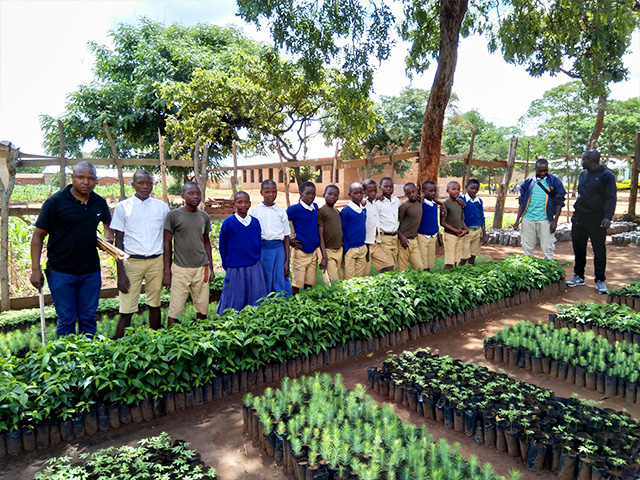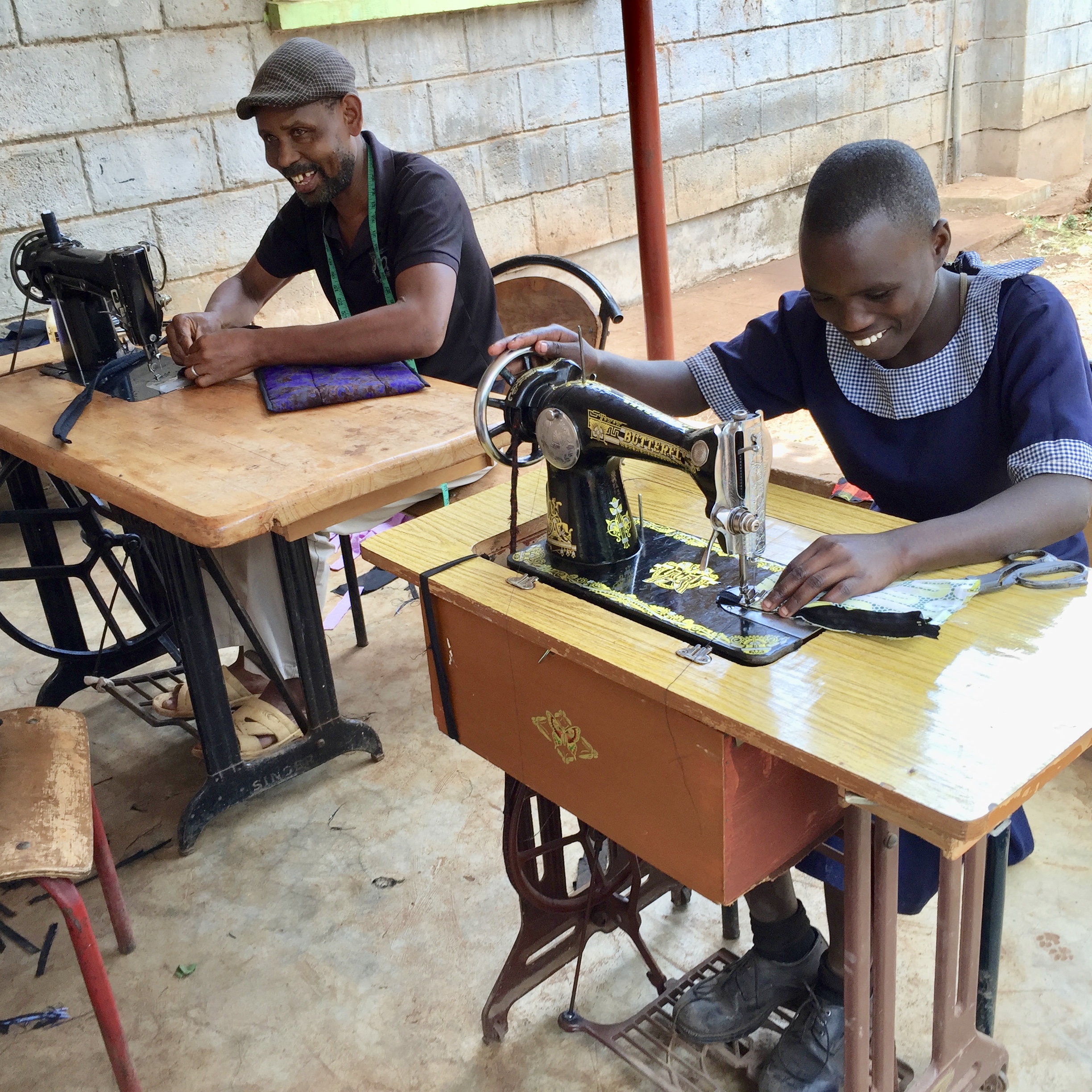Educatius’ methodology for calculation of carbon emissions for student flights in 2022
The journey to understand our environmental impact starts with calculating our emissions, so we started with student flights to Educatius programs, where the majority of our scope 3 and overall emissions come from. In this document, we will explain the methodology we used to measure flight emissions.
Data collection
We collated data from all our Educatius Group offices. The data we collected includes information on flights covering over 61 million kilometers. From this data, we estimated the emissions to be approximately 6,600 metric tonnes of CO2e. Moving forward, we will continue to improve and collate data quarterly to ensure accuracy.
Formula
We used the International Civil Aviation Organization (ICAO) guidance to calculate the emissions. The ICAO is a specialized agency of the United Nations that oversees the administration and standardization of international air travel. We reviewed the four steps to create this and enable us to calculate the data from 2022.
Step 1: Estimation of the aircraft fuel burn
To estimate the fuel burn, we used the ICAO website to calculate the aircraft fuel burn/journey (in kg) for specific planes used for each journey entered.
Step 2: Calculation of the passengers’ fuel burn
We used the RTK data to derive the passenger/freight factor, which was used to calculate the passengers’ fuel burn.
Step 3: Calculation of occupied seats
To calculate the occupied seats, we made the assumption that all aircraft are entirely configured with economic seats. Therefore, the seat occupied is equal to the total seats multiplied by the load factor.
Step 4: Calculation of CO2 emissions per passenger
The CO2 emissions per passenger were calculated using the following formula:
(Passengers’ fuel burn * 3.16) / Seat occupied
on ICAO here.
*The ICAO website calculates Aircraft Fuel Burn/journey (KG) for specific planes used for each journey entered – so CO2e can vary
Parameters
To calculate the emissions, we used the following parameters:
- Kilometers: We used the Haversine formula to calculate the great-circle distance between two points on a sphere given their longitudes and latitudes. We paid an external source to calculate these accurately.
- 3.5: 3.5 is the average fuel consumption rate in liters per 100 passenger-kilometers.
- 3.16: One liter of aviation fuel produces approximately 3.16 kg of CO2 emissions.
- 82%: The average occupancy rate for a commercial airline is 82%. Therefore, (1/0.82) adjusts for the average occupancy rate, assuming that the plane is not operating at full capacity and some seats are empty.
- / 100: The division by 100 converts the result from grams of CO2 per kilometer to kilograms of CO2 per kilometer.
Although some of the calculations may result in higher emissions than what the official site would measure, we intentionally aim to over-calculate to ensure that we cover all possible emissions.
Multiple trips
For any multiple trips of over 10 students using the same route, we calculated the emissions on the ICAO website directly.
Future calculations
From 2023 onwards we will also include broader calculations and continue to collate data to ensure accuracy and make any necessary improvements in our sustainability strategy.
You might also like

Educatius Exceeds Tree Planting and Sustainability Commitments in 2023
Growing Sustainable Impact With Aiducatius We are thrilled to share…
Read Post
USNWR article – Getting the Edge
“International students who study at a US high school have…
Read Post
Aiducatius – 2022 in 3 numbers
2022 was yet another exciting year for Aiducatius. Take a…
Read Post





